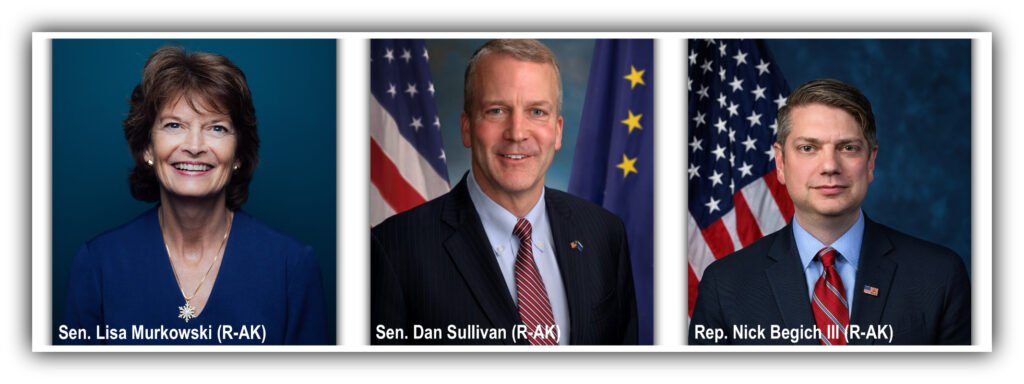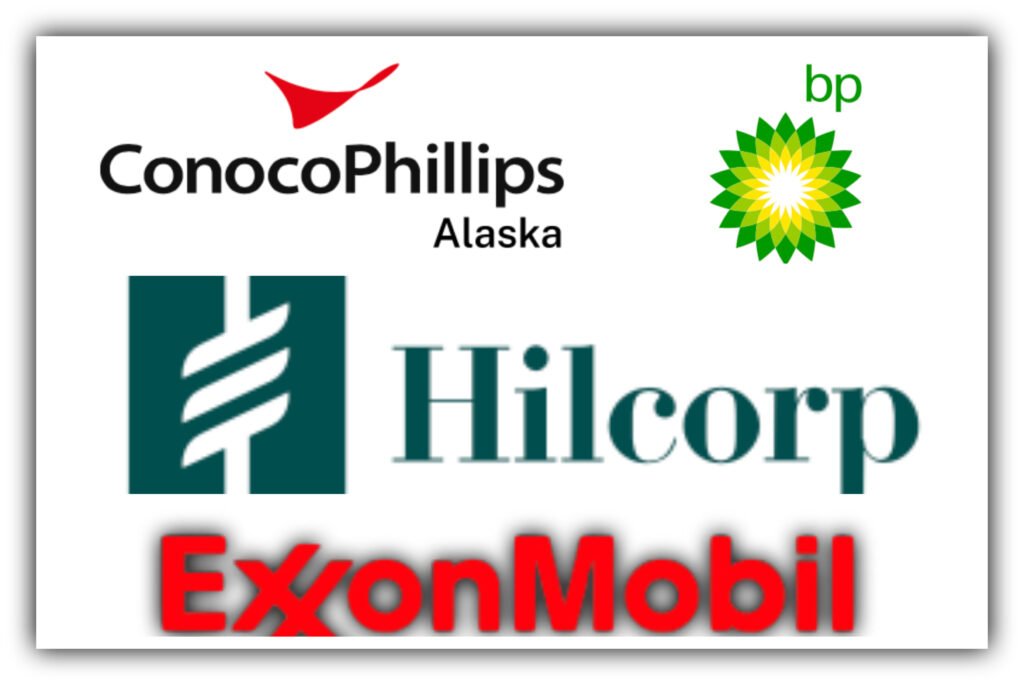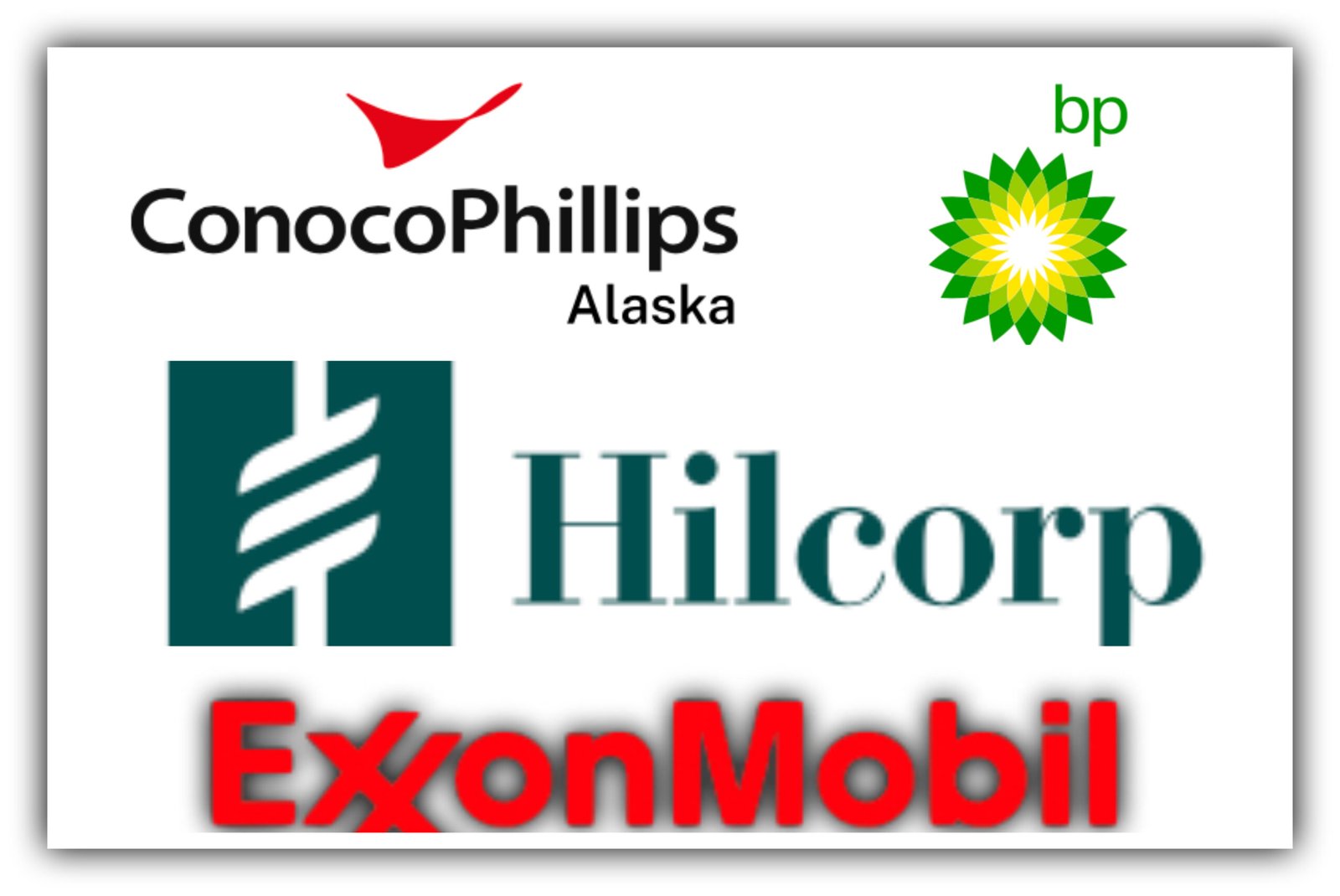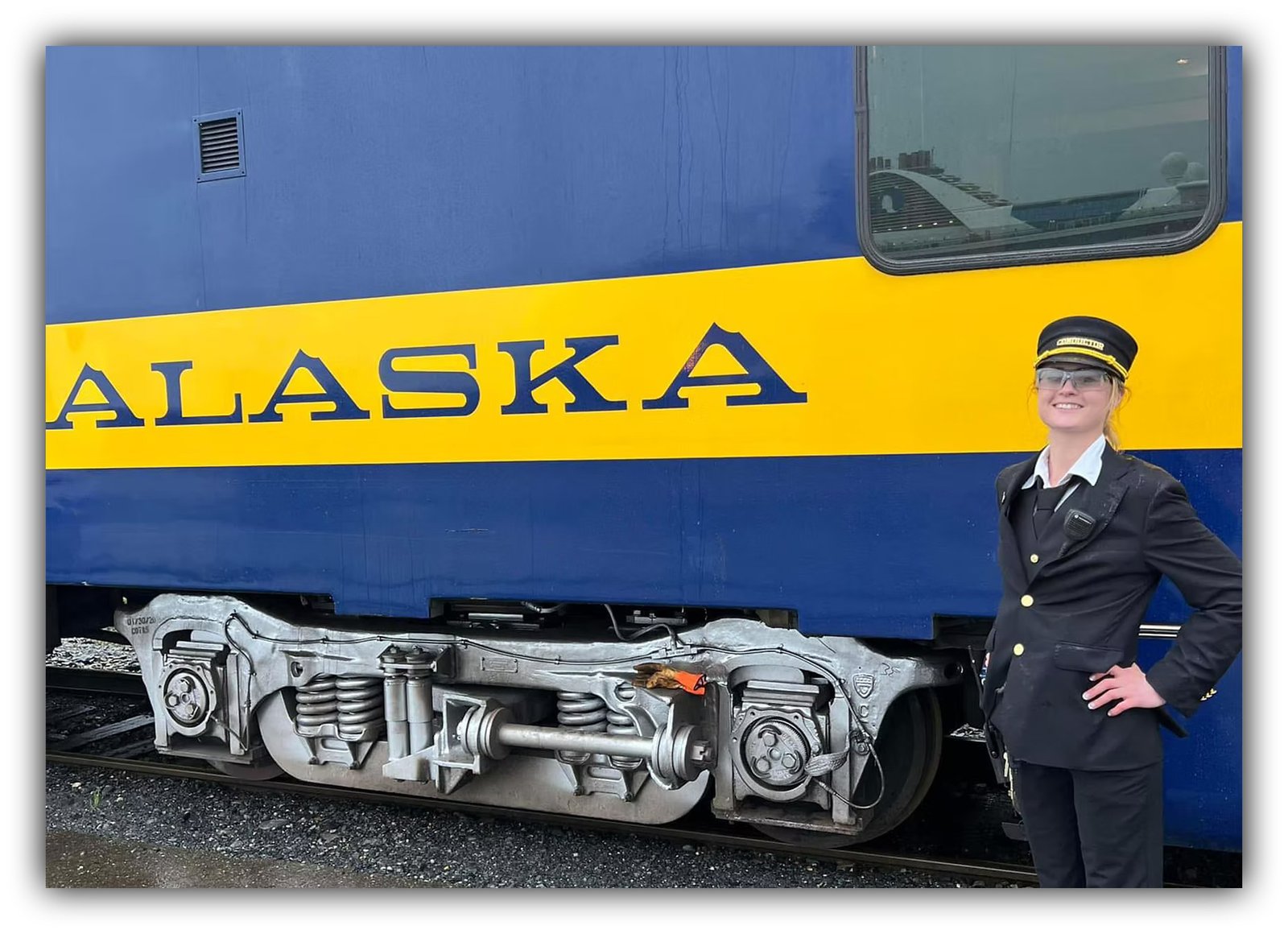By Gina Hill | Alaska Headline Living | November 2025
With the EPA’s recent decision to approve new pesticides containing PFAS, the “forever chemicals” tied to cancer, immune suppression, infertility, thyroid disease, and environmental persistence, the question for Alaskans is no longer just about science. It’s about influence.
Who pushed for these approvals? Who stands to gain? And how deeply have Alaska’s elected leaders, both in Washington, D.C., and Juneau, accepted money from industries connected to PFAS, oil, and chemical manufacturing?
This investigation brings together federal and state campaign-finance records, lobbying disclosures, and historical corruption cases to show how these chemical and petroleum interests are shaping policy that affects Alaska’s land, waters, wildlife, and people.
Federal Lawmakers: Who Profits From PFAS-Relevant Policy
Alaska’s congressional delegation plays a central role in shaping national regulation of PFAS, pesticide approvals, water-safety standards, and federal cleanup funding. Their financial ties to oil, gas, and chemical interests reveal whose voice may be loudest when those decisions are made.

Sen. Lisa Murkowski has accepted more than $2,079,304 in career contributions from the oil and gas sector, including $170,400 from ConocoPhillips, one of Alaska’s largest players, and one whose industrial processes intersect with PFAS-related manufacturing and waste streams. Recent cycles show $42,362 in donations from chemical-industry-linked donors. Her voting record has consistently favored major fossil-fuel projects, aligning closely with the interests of long-time contributors.
Sen. Dan Sullivan has unusually direct financial ties: his personal financial disclosures show $1-5 million invested in RPM International, a global chemical manufacturer. Between 2023–2024, he also received $50,607 from chemical-related industry donors, and his Senate voting history mostly tracks alongside petroleum and chemical interests.
Rep. Nick Begich III, serving Alaska’s at-large House district, has taken $66,739 from oil and gas donors in the 2023–2024 cycle. His personal investment portfolio includes holdings in extractive-industry enterprises where PFAS-relevant chemicals are widely used in industrial equipment, lubricants, and site operations.
Why this matters is simple: these lawmakers will cast votes on PFAS regulation, pesticide oversight, water contamination standards, and federal cleanup resources. Their donor ties raise a long-standing Alaska question: Are the decisions made for industry … or for the people living with the consequences?
State Lawmakers: Murkier Money, but Clear Industry Pressure

While Alaska’s current state-level legislators (2025 session) show far less direct PFAS-company funding, that lack of clarity is largely due to the structure of Alaska’s campaign-finance system, not an absence of influence.
Oil and gas companies such as ConocoPhillips, Hilcorp, ExxonMobil, and BP have dominated state-level donations for decades. Though they are not “PFAS companies” in a narrow sense, their industrial supply chains overlap heavily with chemical manufacturers and PFAS-producing companies. What benefits one sector often benefits the other.

Compounding this is Alaska’s unusually weak transparency framework. The state has no limits on political contributions, disclosure rules are looser than in most states, and a push to strengthen “dark money” reporting was defeated. As a result, industry-linked contributions can flow freely with minimal public visibility.
Recent environmental policy behavior shows this influence at work. In 2023, Gov. Mike Dunleavy vetoed a bill that would have strengthened PFAS protections for drinking water. In 2024, a PFAS ban was passed, but only for firefighting foams, leaving other PFAS pathways untouched. It was a compromise that reassured industry far more than affected communities.
The VECO Scandal: The Blueprint for How Industry Buys Policy in Alaska
Alaska’s vulnerability to PFAS and chemical-industry influence cannot be separated from its political history. The VECO bribery scandal of the mid-2000s remains one of the most significant episodes of political corruption in state history, and it laid the groundwork for understanding how deeply industry money can shape policy.
From 2004 to 2007, VECO Corporation, an oil-services giant, secretly bribed legislators to secure favorable petroleum tax laws. Executives Bill Allen and Rick Smith funneled cash, favors, and even construction work to lawmakers in exchange for votes on the petroleum profits tax (PPT).
Lawmakers convicted or charged included:
• Rep. Pete Kott (R–Eagle River): Bribery, extortion, conspiracy.
• Rep. Vic Kohring (R–Wasilla): Bribery, extortion, attempted conspiracy.
• Rep. Bruce Weyhrauch (R–Juneau): Bribery charge (later pled to a lesser count).
• Sen. Ben Stevens (R–Anchorage): Implicated in the scandal and paid consulting fees from VECO, though never charged.
VECO’s goals were simple: keep oil taxes low, reduce oversight, and ensure profits remained high. The scandal exposed the ease with which industry could purchase legislative outcomes, a pattern echoed today as oil and chemical interests influence PFAS and pesticide policy.
How PFAS Policy Hits Alaska Harder Than Most States

Alaska is uniquely vulnerable to the effects of PFAS contamination, and communities are already feeling the strain.
Subsistence food chains are at risk because PFAS bioaccumulates in fish, seals, whales, caribou, and moose. Contamination threatens not just nutrition but culture and survival.
Rural water systems rely heavily on shallow groundwater sources that PFAS can infiltrate quickly. Remediation can cost millions, impossible for many communities without federal support.
Military bases and airports across Alaska are some of the nation’s most contaminated PFAS hotspots due to decades of firefighting-foam use. Cleanups are ongoing but slow, expensive, and incomplete.
Agricultural regions like the Mat-Su, Delta Junction, and Kenai Peninsula face new exposure pathways with PFAS-containing pesticides now approved for use.
And uniquely in the Arctic, thawing permafrost can release previously trapped PFAS, re-contaminating waterways even after cleanup, a threat few other states must consider.
Why This Matters: Public Health vs. Political Donor Power
PFAS exposure is linked to cancer, infertility, thyroid disease, immune dysfunction, and developmental harm to children. The financial cost of cleanup can devastate communities. And when lawmakers backed by chemical and petroleum interests shape environmental rules, policy can shift toward industry protection rather than public safety.
This leaves Alaska at a crossroads.
Will its leaders prioritize the health of residents and the protection of lands and waters?
Or will the state follow the familiar pattern, where industry interests dictate environmental outcomes?
From VECO to PFAS, history suggests the latter. But the public and press shine a light that industry money can’t always extinguish.




